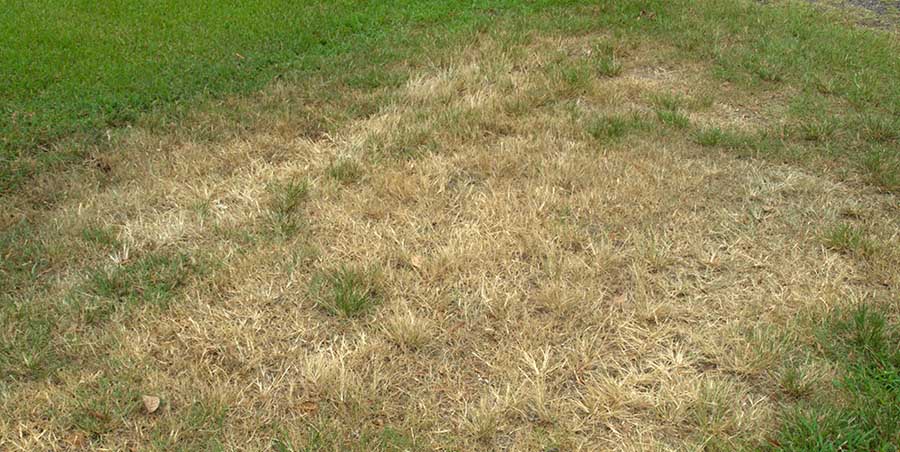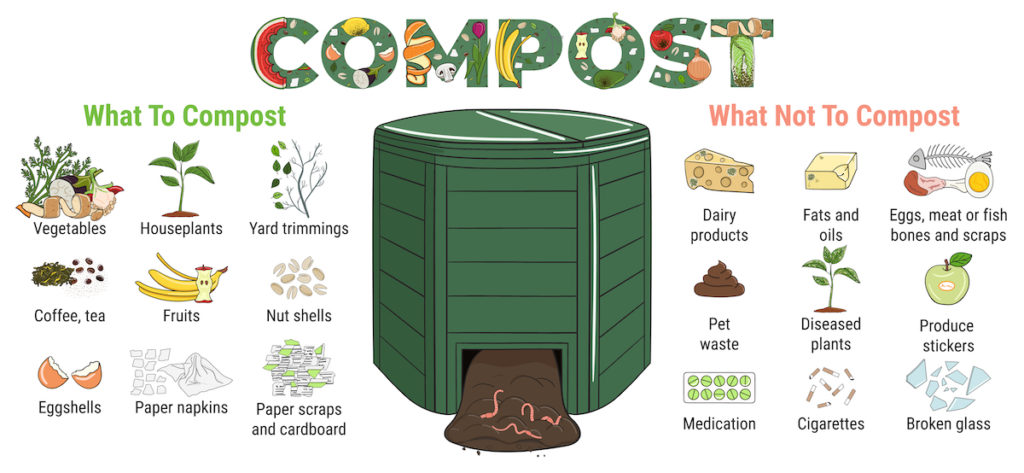A lush, green lawn is the pride of any homeowner, but achieving that perfect balance of care can be a delicate process. One common mistake is using too much fertilizer. In fact, most beginners recognize this issue at a later stage when their lawn has already undergone significant damage. So, how to check if you’ve put too much fertilizer on your lawn?
If you find fertilizer burn, uneven growth, or weak grass, chances are that you’ve over-fertilized, and nutrients like phosphorus, nitrogen, and potassium are overloaded. It’s essential to aerate the soil for sometime to recover from a serious burn.
Over-fertilizing your lawn can lead to various problems, including environmental damage and harming the very grass you’re trying to nurture. In this blog post, we will discuss the signs of over-fertilization, its consequences, and how to fix and prevent it from happening in the future.
Signs That You’ve Over-fertilized Your Lawn
Are you new to maintaining lawns? It’s important to be wary of your fertilizing patterns and lawn’s responses to your patterns.
Most beginners over-fertilize their lawns, thereby letting their lawns experience nutrient losses. To address this issue, here are a few signs to confirm if you’ve over-fertilized your lawn:
Fertilizer burn
The most visible sign of over-fertilization is the appearance of brown, scorched patches of grass, known as fertilizer burn. This is caused by the high concentration of salts in the fertilizer, which draws moisture from the grass blades and causes them to wither and die.
I’ve written an in-depth article about fertilizer burn here. Feel free to check it out!

Uneven growth
When too much fertilizer is applied to a lawn, it can cause some areas to grow faster than others, resulting in an uneven appearance.
Excess thatch
Over-fertilization can cause grass roots to grow more shallowly, leading to a build-up of thatch, a layer of dead grass, and other organic matter between the soil and the living grass.
The Consequences of Excessive Fertilization
What happens if your lawn is over-fertilized? Every lawn owner needs to know the consequences of every fertilizing pattern you follow. Here are a few consequences:
Environmental impact
Over-fertilization can lead to nutrient runoff, which can contaminate nearby water sources, causing algae blooms, and negatively impacting aquatic life. The environmental impact of over-fertilization goes beyond your lawn, affecting nearby ecosystems and water sources. Excess nutrients, particularly nitrogen and phosphorus, can leach into water bodies, leading to eutrophication and algal blooms. These blooms reduce oxygen levels, creating “dead zones” where aquatic life struggles to survive. Moreover, some algae produce toxins that pose risks to human health, contaminating drinking water and causing respiratory or skin issues. Over-fertilization can also contribute to climate change by releasing greenhouse gases like nitrous oxide, produced when microbes convert excess nitrogen in the soil. By being mindful of fertilization practices, we can help protect the environment and preserve water resources for future generations.
Weakened grass
An over-fertilized lawn may grow quickly at first, but the rapid growth can make it more susceptible to diseases and pests. An over-fertilized lawn’s rapid growth results in tender, lush grass blades that are more appealing to pests and more vulnerable to diseases. Additionally, the excess nutrients can weaken the grass’s overall root system, making it less resilient to stressors. The imbalance of nutrients in the soil can also create an environment that favors the growth of harmful fungi and bacteria. Consequently, the lawn becomes more susceptible to diseases and pests, ultimately leading to a decline in its health and appearance.
Increased maintenance
A lawn that has been over-fertilized will require more frequent mowing and watering to maintain its appearance. Perhaps, you need to stay cautious going forward if your lawn undergoes one episode of over-fertilization.
How to Fix an Over-fertilized Lawn
Remember that you’re not alone in having an over-fertilized lawn. Most of us commit the mistake but lack the direction to fix the issue. If that sounds like your issue too, here are a few quick fixes:
Water thoroughly
If you suspect that you’ve over-fertilized your lawn, start by watering it deeply to help dilute the concentration of fertilizer salts and flush them out of the root zone.
Aerate the soil
Aerating your lawn can help break up compacted soil and improve drainage, making it easier for excess nutrients to be washed away. Aerating a lawn involves creating small holes in the soil to reduce compaction and improve overall soil health. You can aerate using a manual or mechanical core aerator, which removes small plugs of soil and grass from the lawn. Another method is spike aeration, using a garden fork or spike aerator to create holes by pushing the spikes into the ground. Regardless of the method, aeration is typically done during the growing season, with the best results achieved when the soil is moist but not saturated. Check out my article here if you want to know more about Lawn Aeration.
Apply organic matter
Spreading compost or other organic matter over the affected area can help to balance the nutrient levels and promote healthy grass growth. This is because it introduces a variety of essential nutrients in a slow-release form. As the organic matter breaks down, it gradually releases nutrients into the soil, which can counteract the negative effects of over-fertilization. Moreover, organic matter improves soil structure and water retention, encouraging deeper root growth and promoting overall soil health. This creates a more favorable environment for grass to grow, leading to a stronger, healthier lawn.

Preventing Over-fertilization: Tips for Proper Lawn Care
As the phrase “Prevention is better than cure” goes, it’s better to be cautious whenever you use a fertilizer for your lawn. Some of my techniques to prevent over-fertilization are here:
Soil testing: Test your soil annually to determine its nutrient levels and pH, which will help you choose the right type and amount of fertilizer for your lawn. To test your soil, you can use a soil test kit or send a sample to a professional soil testing laboratory. Soil test kits are available at garden centers and online, typically containing tools like a soil probe or small trowel for collecting samples, as well as vials, color charts, or electronic meters to analyze the results. Collect soil samples from different areas of your lawn, mix them together, and follow the instructions provided with the test kit. The results will reveal your soil’s nutrient levels and pH, enabling you to select the appropriate fertilizer type and amount for your lawn’s needs.
Use the right fertilizer: Choose a slow-release, organic fertilizer that will release nutrients gradually, reducing the risk of over-fertilization. Examples of slow-release, organic fertilizers include composted manure, alfalfa meal, and bone meal. These fertilizers contain essential nutrients that are released gradually into the soil as they decompose, minimizing the risk of over-fertilization. Other options include pelletized organic fertilizers, such as corn gluten meal or feather meal, which provide a balanced nutrient profile and promote steady grass growth. I’ve written an in-depth article about cheap organic fertilizers here.
Follow application guidelines: Carefully read and follow the recommended application rates and timings on the fertilizer label.
Don’t underestimate the importance of adhering to these guidelines!
FAQ
How long does it take for grass to recover from over-fertilization?
Recovery time varies depending on the severity of the damage and the grass type, but it can take anywhere from a few weeks to several months for the grass to fully recover.
Can too much fertilizer kill my lawn?
Yes, excessive amounts of fertilizer can cause fertilizer burn and severely damage or even kill the grass, especially if the problem isn’t addressed promptly.
Is it possible to repair a lawn damaged by over-fertilization?
Yes, it is possible to repair an over-fertilized lawn by taking corrective measures such as watering, aerating, and applying organic matter. However, it may take time and patience for the grass to recover fully.
Conclusion
Over-fertilization is a common mistake that can harm your lawn and the environment. By recognizing the signs of over-fertilization, understanding its consequences, and taking the necessary steps to fix and prevent it, you can maintain a healthy, vibrant lawn.

